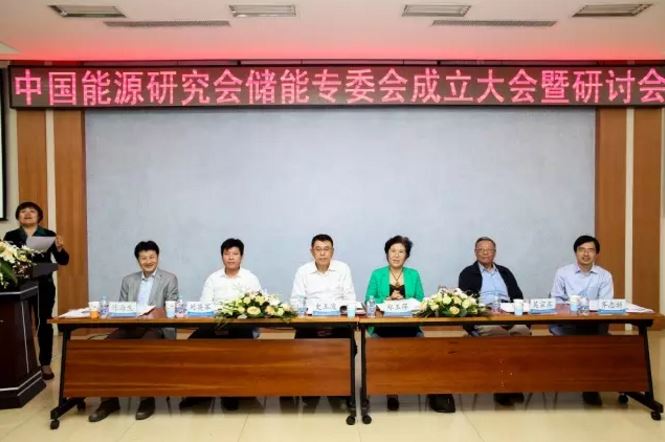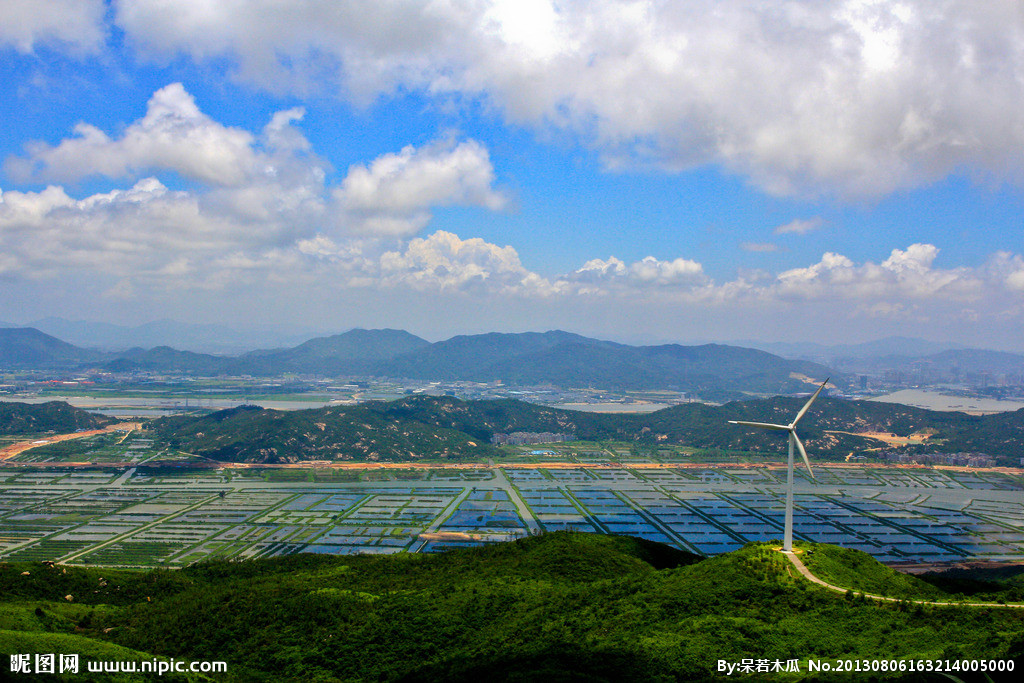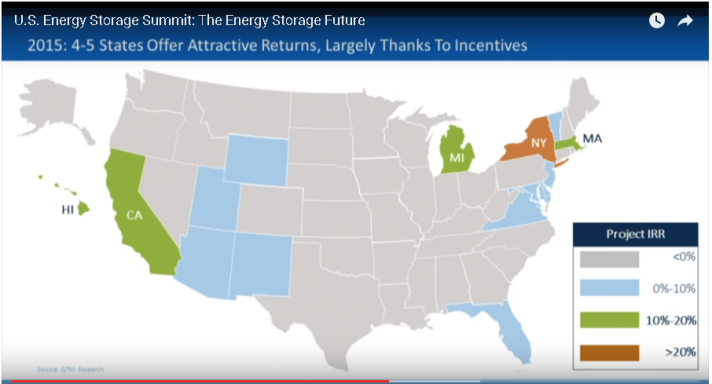Nov. 7, 2016 China’s National Development & Reform Commission along with the National Energy Administration (NDRC and NEA) jointly released the “13th Five Year Plan for Power Sector Development” marking 15 years since the last time a Five Year Plan was released on the development of China’s power sector. The last Five Year Plan for the power sector was released January 1, of 2001, as part of the “10th Five Year Plan.”
The NDRC estimates by 2020, Chinese electric power consumption will reach 6,800 TWh of electricity, increasing on average by 3.6-4.8% each year. The per capita use is expected to reach approximately 5,000 kWh by 2020. (According to World Bank data from 2014, this is on par with the current per capita rates from nations like Greece, Spain, and the United Kingdom.) With China’s growing needs for power and a 15% renewables target in mind, the plan calls for the following goals to be met over the next five years.
Hydropower
Add 40 GW hydropower capacity, with total installation reaching 340 GW by 2020.
Wind Power
Increase wind capacity by 79 GW, with total installed capacity of 210 GW by 2020, of which 5 GW will include offshore wind projects.
Solar
Add 68 GW of solar bringing total solar capacity to 110 GW by 2020, of which distributed solar will be 60 GW and thermal solar will be at 5 GW.
Nuclear
Put 30 GW nuclear power into operation, reaching total capacity of 58 GW by 2020. Due to safety concerns, priority given to construction in coastal regions.
Biofuels
Reach 15 GW of biofuels production by 2020.
Natural Gas
Increase natural gas capacity by 50 GW, by 2020 total capacity will be over 110 GW, with CCHP-coupled technology occupying 15GW.
Coal
Cancel/delay construction of coal plants over 150 GW in scale, capping coal generation capacity at 1,100 GW by 2020. Upgrade 420 GW of existing equipment with low-emissions technology, modify 340 GW of equipment to increase energy efficiency, and phasing out over 20 GW of old equipment. By 2020 all coal plants must waste less than 310g/kWh of coal.
System Upgrades
- Promote a flexible electric system by increasing load shifting capabilities. Put into production 17 GW of pumped storage, bringing total pumped storage up to 40 GW.
- In China's North, update 133 GW of capacity with thermoelectric technology and modify 82 GW of equipment with condensing units. Other locations will receive condensing unit upgrades totaling 4500 GW in capacity. After upgrades, the focus will be on increasing load-shifting capabilities by 46 GW, 45 GW in China's North.
- Increase transmission capacity by 130 GW to send power from west to east, bringing long-distance transmission capacity to 270 GW by 2020.
- Accelerate construction of electric vehicle charging stations, bringing total centralized charging stations over 12,000, and distributed charging stations over 4,800,000. Strengthen smart charging systems to satisfy the needs of China's expected 5,000,000 electric vehicles.
System Reforms
- Before the end of 2016, complete a electric power market mechanism. After which, power market trials will begin.
- Before the end of 2017, set electricity transmission and distribution prices.
- Ancillary services pilot for China's Northeast began in 2016, once the pilot has matured, an ancillary services market will be implemented nation-wide.
- Before the end of 2018, establish spot market pilots, with nation-wide implementation by 2020.
- Before 2020 cancel preferential rights for electricity generators.
- By the end of 2018, complete work to cultivate sell-side market competition mechanisms, encourage the launching of new electricity distribution services.
While the specifics of implementation are left to subordinate government agencies, the power development reform document certainly gives a glimpse at how China's power sector will shape up in the upcoming five years. The renewables targets for solar and wind are considered disappointingly conservative by some advocacy groups, and create uncertainty about China's previously explosive growth in wind and solar power will continue to expand. Despite this, however, the announcement of power sector reforms establishing electric power market mechanisms, spot markets, and ancillary services markets still creates enormous potential for energy storage participation, as CNESA Secretary General, Tina Zhang, explains here and here.





















































